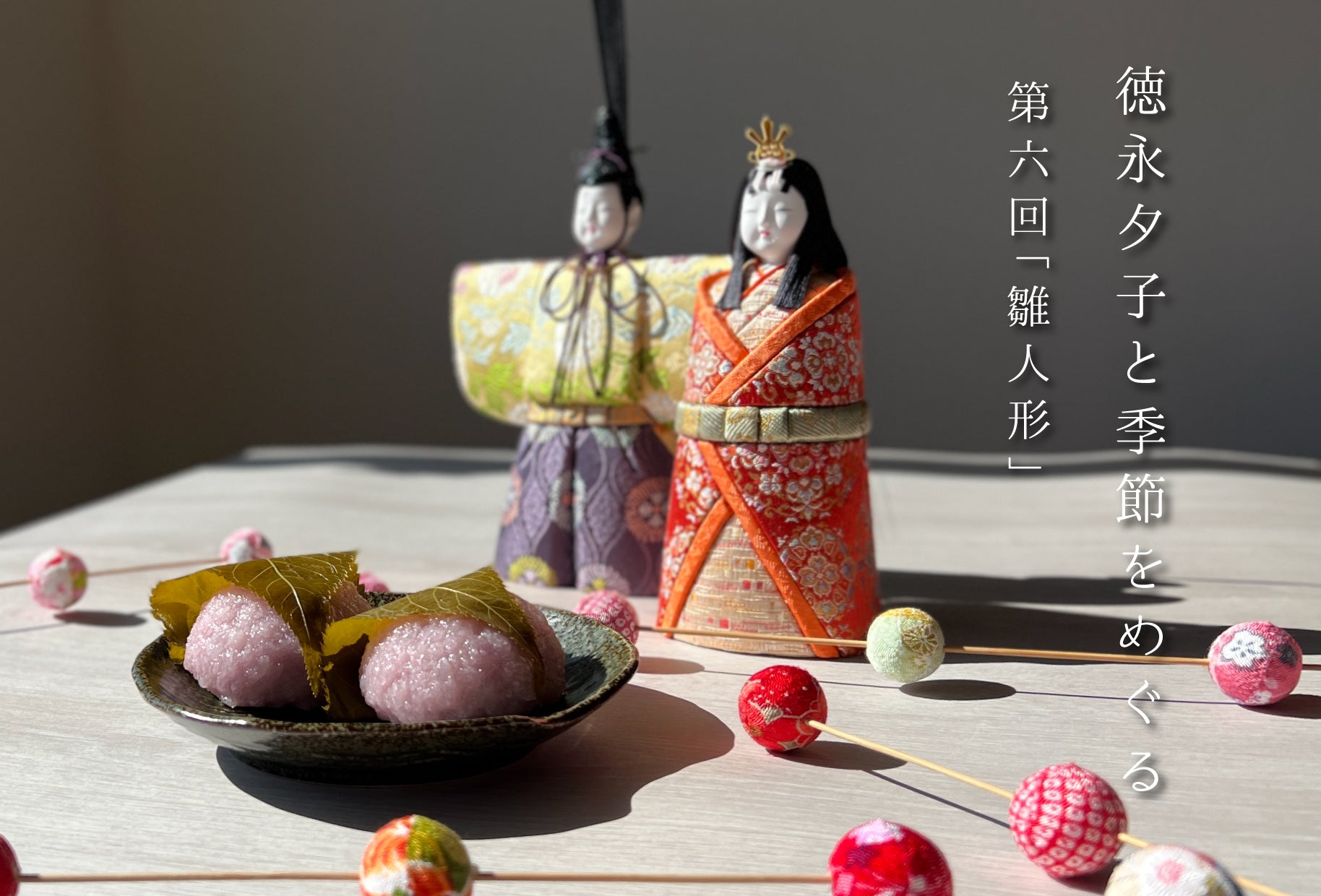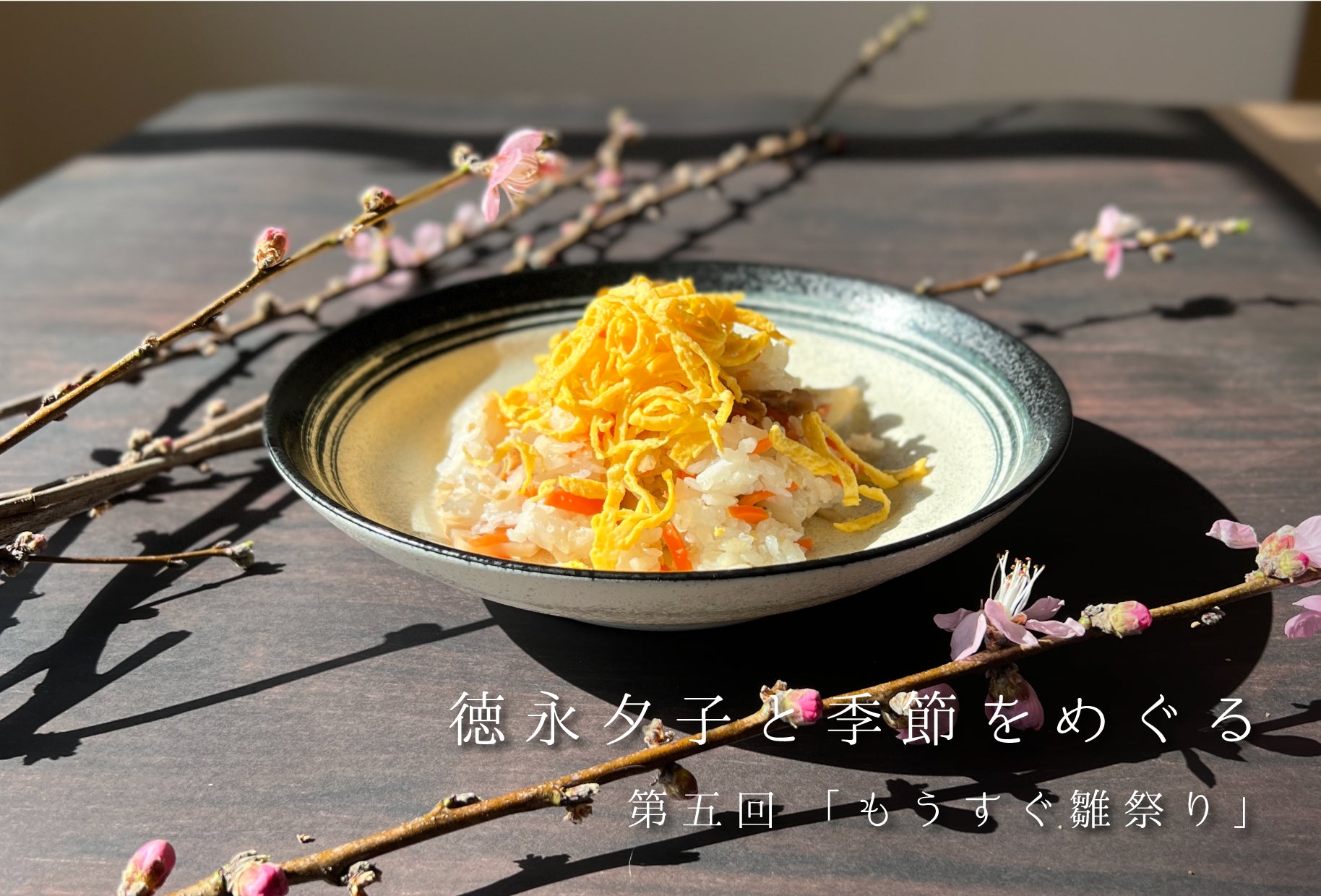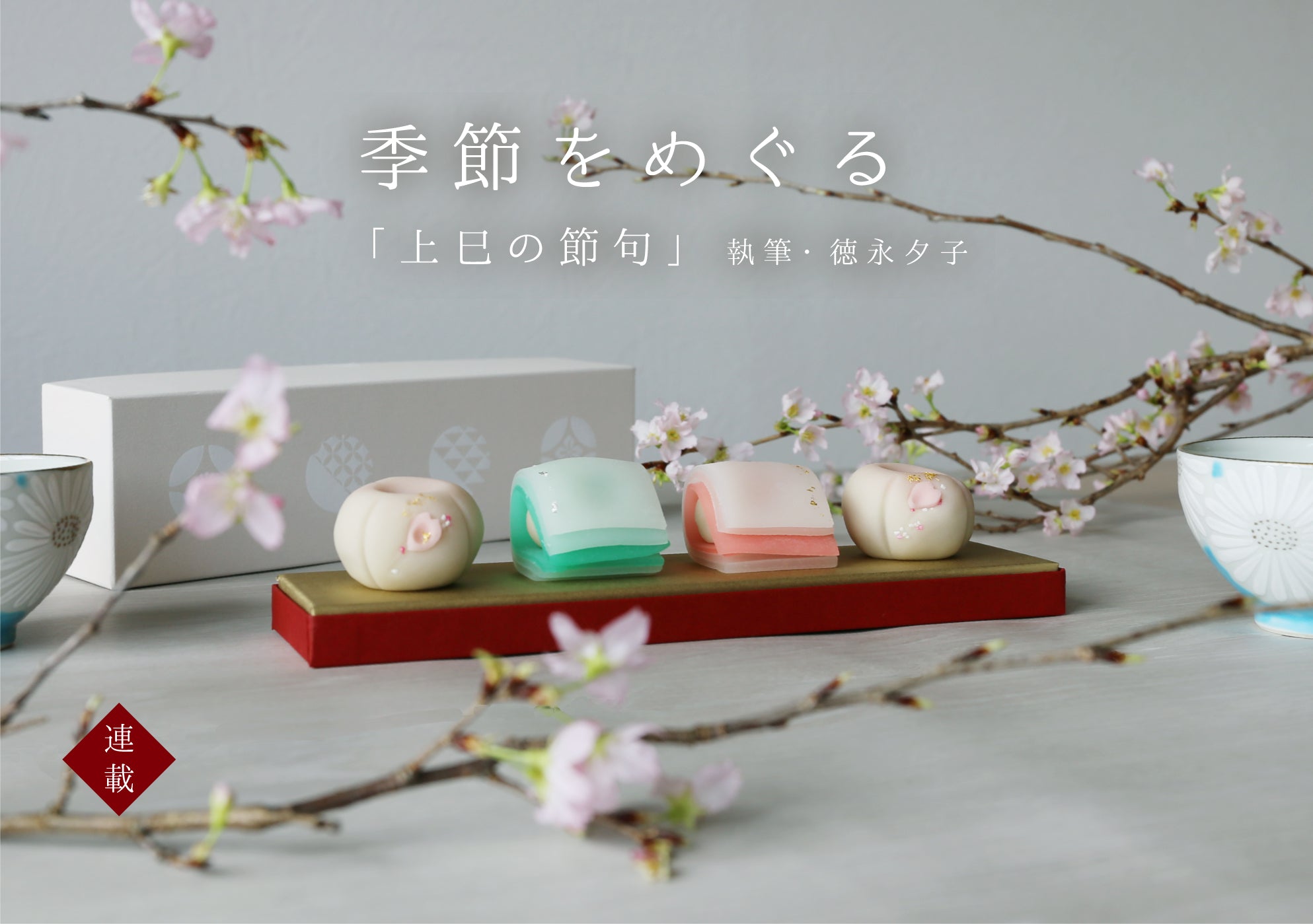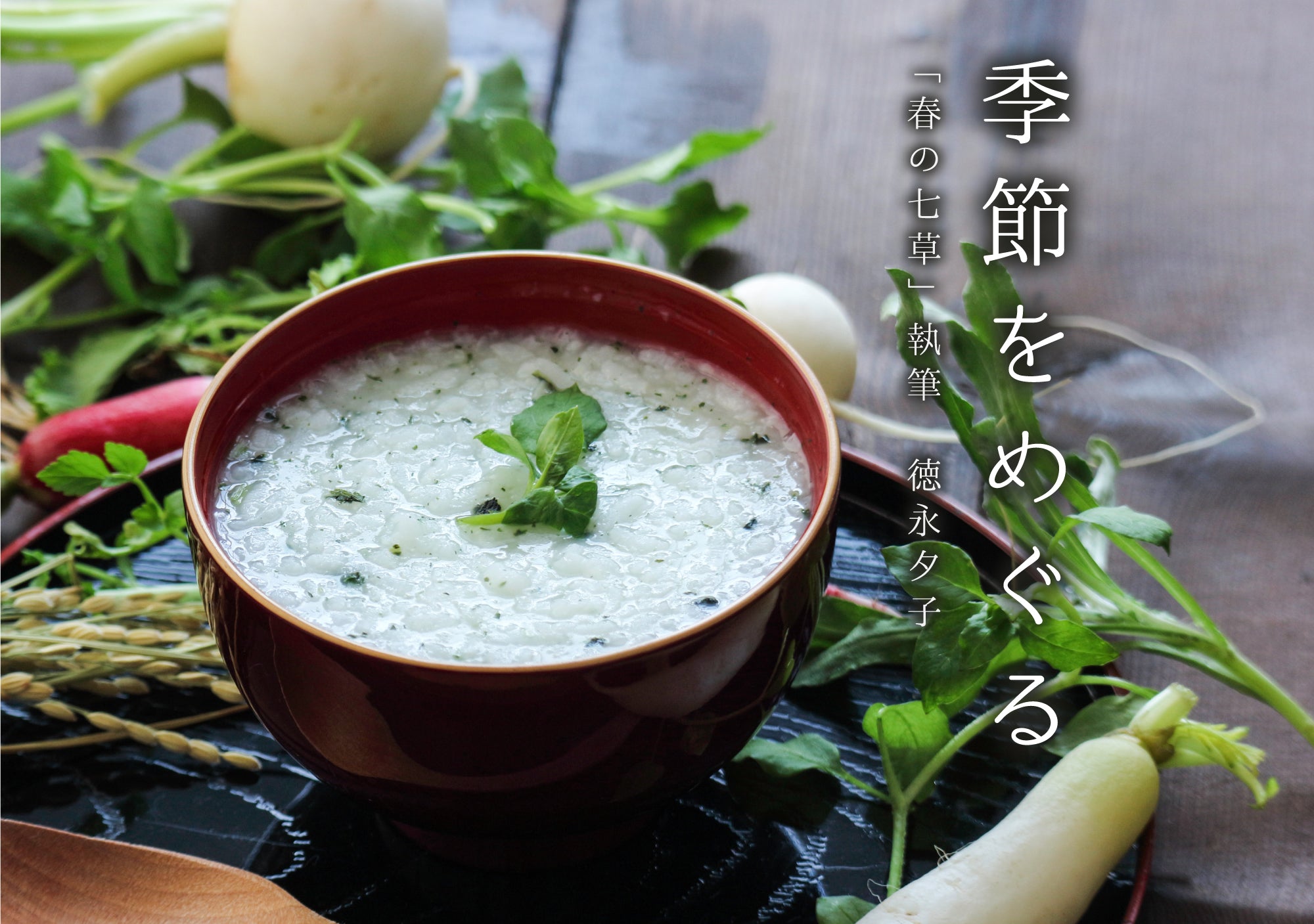March 3rd is Kamishi no Sekku (Peach Festival) Doll's Festival
The other day, I received some wonderful fresh sweets from the Tokyo Hina Doll Industrial Cooperative Association, so I enjoyed them while admiring the Hina Dolls.
The Japanese sweets modeled after the Empress, Hina dolls, and paper lanterns were sprinkled with gold leaf, making them delicate and beautiful, just like real dolls.
*
At our house, we displayed a total of three Hina dolls, including those of our two daughters and our beloved dog.
The dolls and tools are gorgeous and I feel like spring has finally arrived.
With the hope that the children would grow up healthy, the girls, now all grown up, decorated the dolls that had been given to them by their grandparents.
I fondly remember the day when I celebrated the first annual festival with all my family.
I hope that the coronavirus pandemic will subside and the day will come soon when we can all gather together.

Even in the Reiwa era, the Doll's Festival brings family love and fun, and while there are some cultures that have been forgotten over time, the Doll's Festival has many names, including Kamishi, Motomi, Momo no Sekku, and Hinamatsuri. , I feel that it is a culture that has been loved while changing little by little as various ways of thinking have arisen over its long history.
Thank you, Hina dolls, for the exciting time this year.
(Written by Yuko Tokunaga)

[Hinagashi] - Hinagashi
As part of a promotional project, the Tokyo Hina Doll Industry Cooperative Association worked with Japanese confectionery artist Yuki Fujiwara to create creative fresh sweets in cute spring colors.

The packaging is made with attention to detail, just like Japanese sweets.
Uiro in refreshing spring colors resembles dolls, and nerikiri resembles paper lanterns.
Just by placing it on the table, it conveys the seasons and culture.

Japanese sweets as traditional Japanese culture
Japanese sweets are a traditional culture born from Japan's history and sense of the seasons, and they also represent the food culture rooted in each region.
Not only can it be eaten on a daily basis, but it is also often used for seasonal events and celebrations, adding color to special occasions and making special days special.

The wooden confectionery molds used for fresh sweets, which represent the changing seasons, flowers, birds, wind, and the moon, are also a traditional craft.
Another characteristic of these sweets is that many of them are detailed, not only on the sweets itself, but also on the packaging. Colors and textures are also carefully thought out, and the Japanese sweets culture that developed along with the tea ceremony exhibits various aspects such as ``hospitality,'' ``art,'' and ``traditional techniques,'' which Japan is proud of around the world.
A special culture that we want to enjoy together with celebrations as one of the colors of the season.

Tokyo Hina Doll Industrial Cooperative Association
http://www.hina-ko.jp/
Japanese sweets artist Yuki Fujiwara Instagram: @wagashi_art










